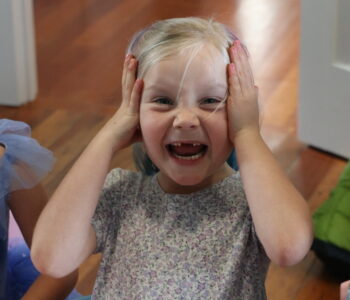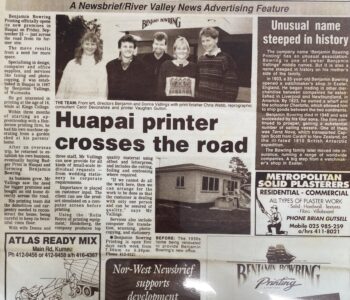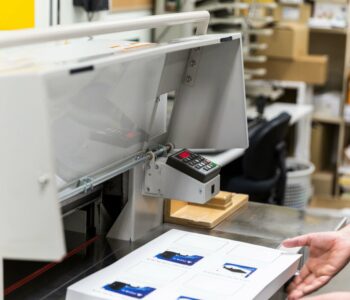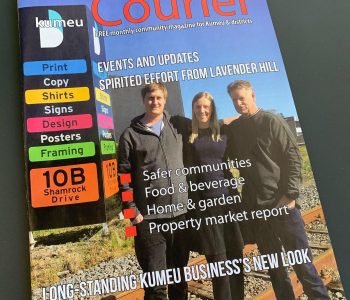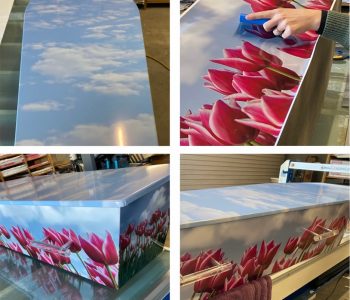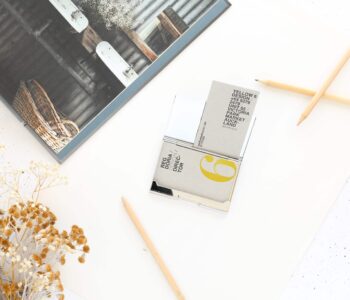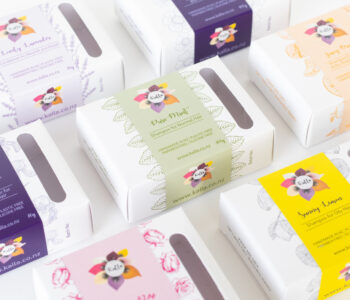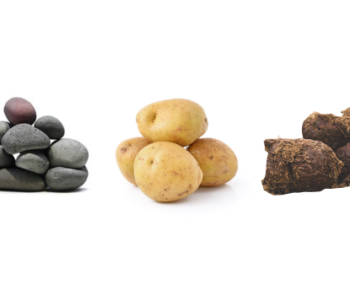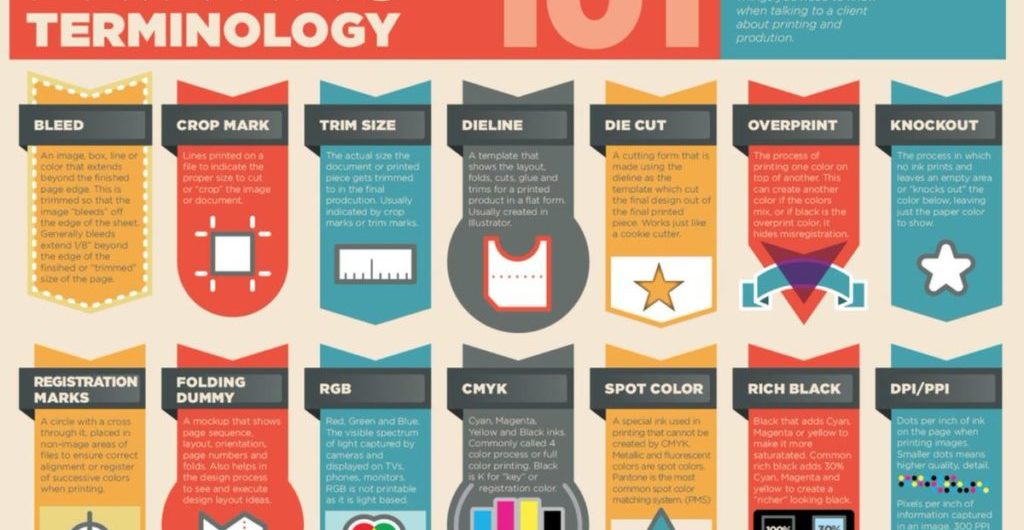
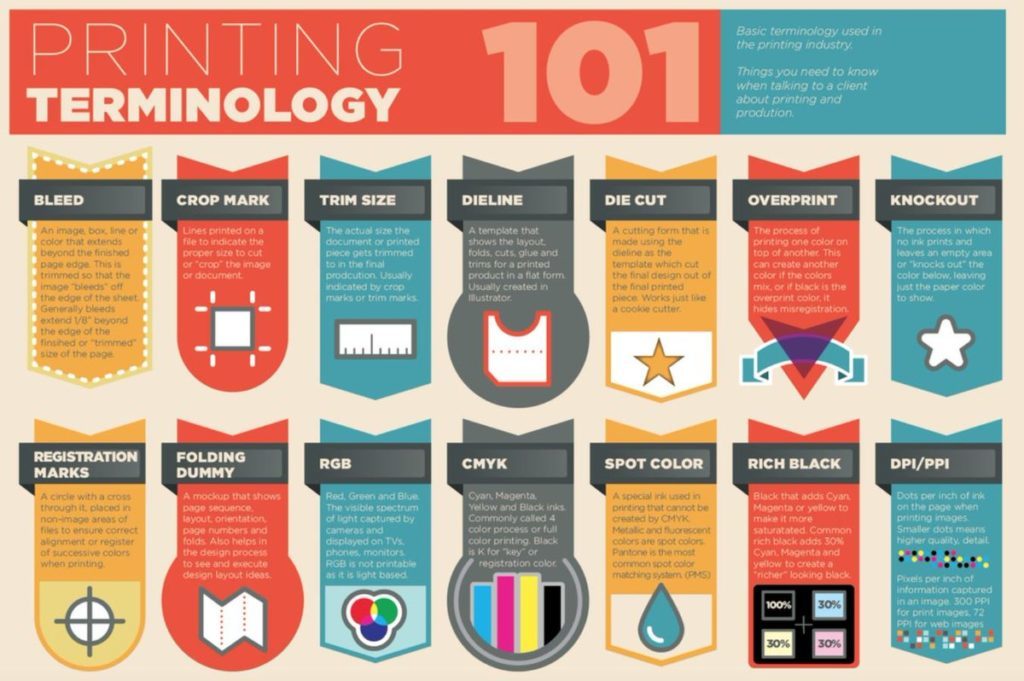
At times it must seem as if printers use a different language. The terms used can be difficult to understand. We have created a glossary of some common (and not-so-common) printing terms.
Against the Grain – At right angles to the grain direction to the paper.
Artwork – Your final design and print-ready file in printable format.
Backing Up – Process of printing on the second side of a printed sheet.
Bitmap – A grid of pixels or printed dots generated by computer to represent type and images.
Blind Emboss – Impression of an un-inked image onto the back of a sheet which produces a raised ‘embossed’ image on the front of the sheet.
Bleed – The printed image that extends beyond the trim edge of a sheet or page.
Clipart – Graphics saved in ready-to-use computer files, normally vector illustrations and not photographic images.
CMYK – Abbreviation for Cyan, Magenta, Yellow and Key (Black). The 4 process colours, which combined together in varying proportions can be made to produce the full colour spectrum.
Collating – Gathering together sheets of paper and placing them into the correct order.
Colour Separation – Process by which a continuous tone colour image is separated into the four process colours (CMYK) for print production.
Crease (Score) – To mechanically press a rule into heavy paper or board to enable it to be folded without cracking.
Crop – To trim the edges of a picture or page to make it fit or remove unwanted portions.
Crop Marks (Registration Marks) – Lines near the margins of artwork or photos indicating where to trim, perforate or fold. Sometimes shown as crosses, marks are also used to align overlaying colours (‘registration’).
Deboss – Image pressed into the front paper so it lies below the surface.
Die-cutting – Process of using sharp metal rules on a wooden block to cut out specialised shapes such as circles or unusual shaped cards etc.
Digital Printing – Printing produced on a copier. Benefits are for very short runs or for personalised print. Some feel that the quality is not yet to the standard of offset printing.
Digital Proof – A high quality colour representation of the finished print, produced for customer inspection for errors that can be corrected prior to final printing.
DPI (Dots per inch) – A measure of image quality. The more dots per inch, the higher the resolution and print quality will be.
Drilling (Punching) – Drilling of holes, or hole punching printed products to allow insertion over binder rings or allow for strings or threading.
Embossing – Process performed after printing to stamp a raised image into the surface of paper, using a metal embossing die, extreme pressure, and heat. Styles include blind, deboss and foil-embossed.
EPS (Encapsulated PostScript) – A computer file format widely used by the printing and graphics industries.
Foil Stamping (Hot Foil Stamping) – A metallic finish, or other embossed finishes applied by specialist equipment.
Four Colour Process (CMYK or Full Colour) – Reproduction of full-colour photographs or art with the four basic colours of ink (cyan, magenta, yellow, black).
Font Matching / Font Substitution – A sometimes undesirable process used when a chosen font is not available, the closest possible match is made, sometimes causing reflow of the text or other errors.
GSM – Paper weight is measured in grams per square metre.
Gusset – Expandable portion of a pocketed folder or envelope.
JPEG (Joint Photographic Electronic Group) – A computer file format commonly used for compressing image data.
Kiss-Cut – To die-cut but not all the way through the paper. Commonly used for peel off stickers.
Knockout – A shape or object printed by eliminating (knocking out) all background colours.
Large Format – Also known as ‘wide format’, these are big industrial printers printing on rolls up to 64 inches wide.
Lithographic Printing – A printing process based on the principle of the natural aversion of water to grease. Areas to be printed receive and transfer ink to the paper, the non-printing areas are treated with water to repel the ink.
Micrometer – Instrument used for measuring the thickness of paper.
NCR (No Carbon Required) – Carbonless paper coated with chemicals that enable transfer of images from one sheet to another with pressure from writing or typing.
Offset Printing – A method in which the plate or cylinder transfers an ink image to an offset or transfer roller, which then transfers the image to stock.
Pantone Color – Colour matching system. A standardized color reproduction system used throughout the design industry.
Point (pt) – A measurement for the size of fonts and the thickness of rules. One point equals one seventy-second of an inch (0.3515mm).
Resolution – The number of dots per inch (dpi) in a computer-processed document. The level of detail retained by a printed document increases with higher resolution.
RGB – Abbreviation for Red, Green and Blue. A colour model used for computer monitors and colour video output systems. Colour separations for litho printing can not be made directly from RGB files and need to be converted to CMYK first.
Stock – A term for the material or media any project is printed onto.
Spot Colour – A spot colour is not made using the process colours. Instead the colour is printed using an offset ink made exclusively. Spot colours can not be achieved digitally as this process is produced using the four process colours.
TIFF (Tagged Image File Format) – A computer file format. Pictures can be black-and-white line art, greyscale or colour. This is a widely used format for image/photographic files but is unsuitable for text unless it is created at a very high resolution.
Varnishing (Sealing) – The application of a varnish or sealant to a surface to offer protection against marking & improve overall appearance. UV Varnish is a liquid laminate that is bonded and cured with ultraviolet light.
